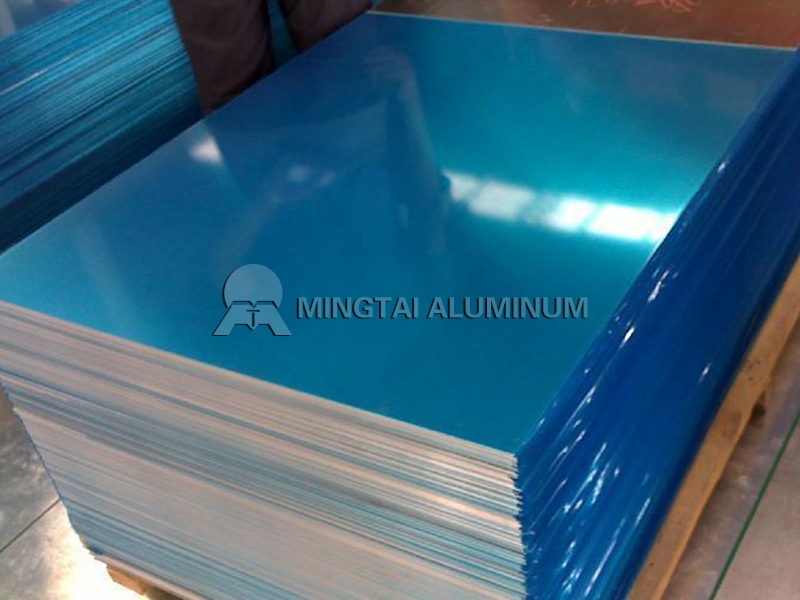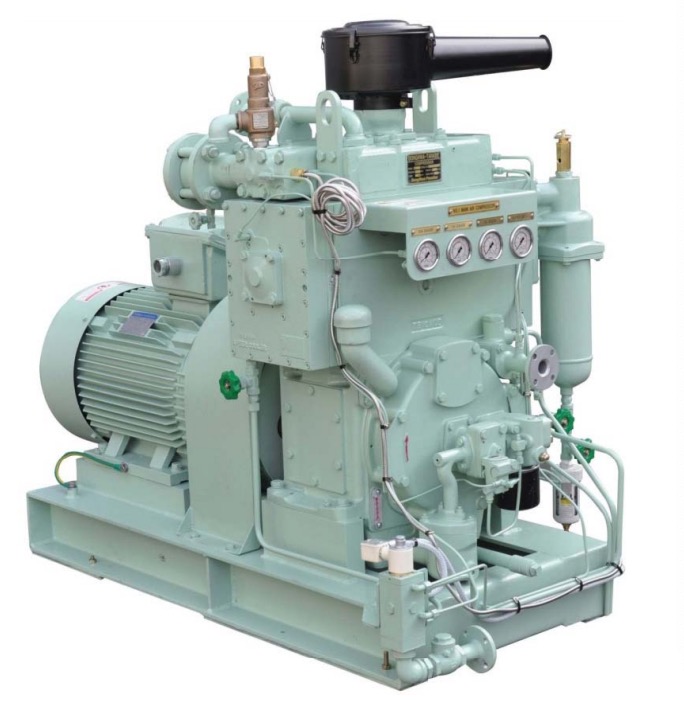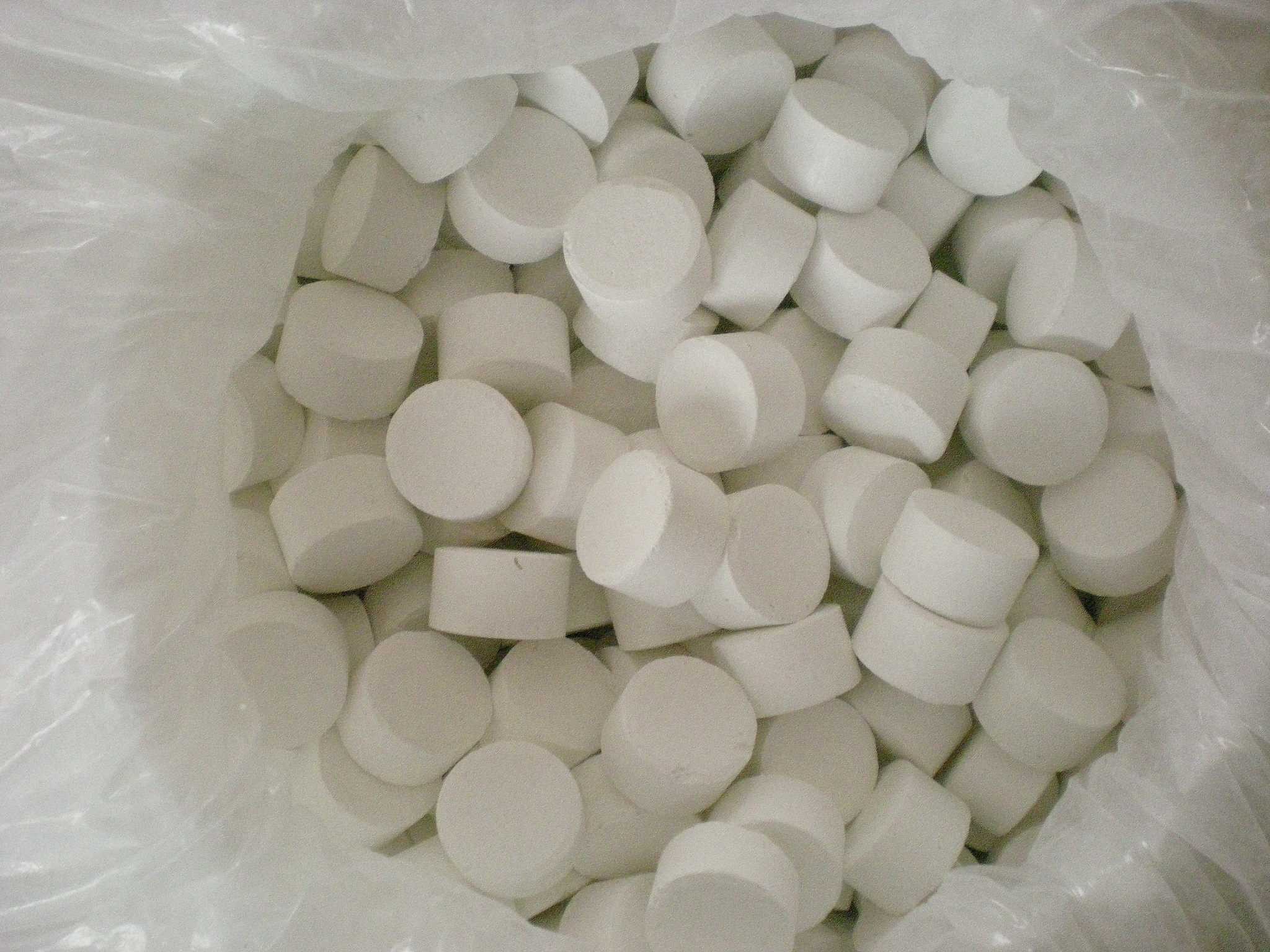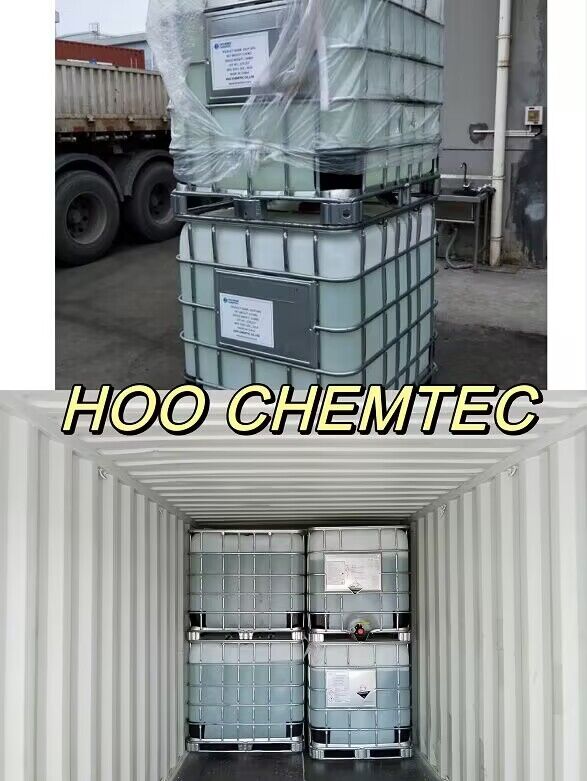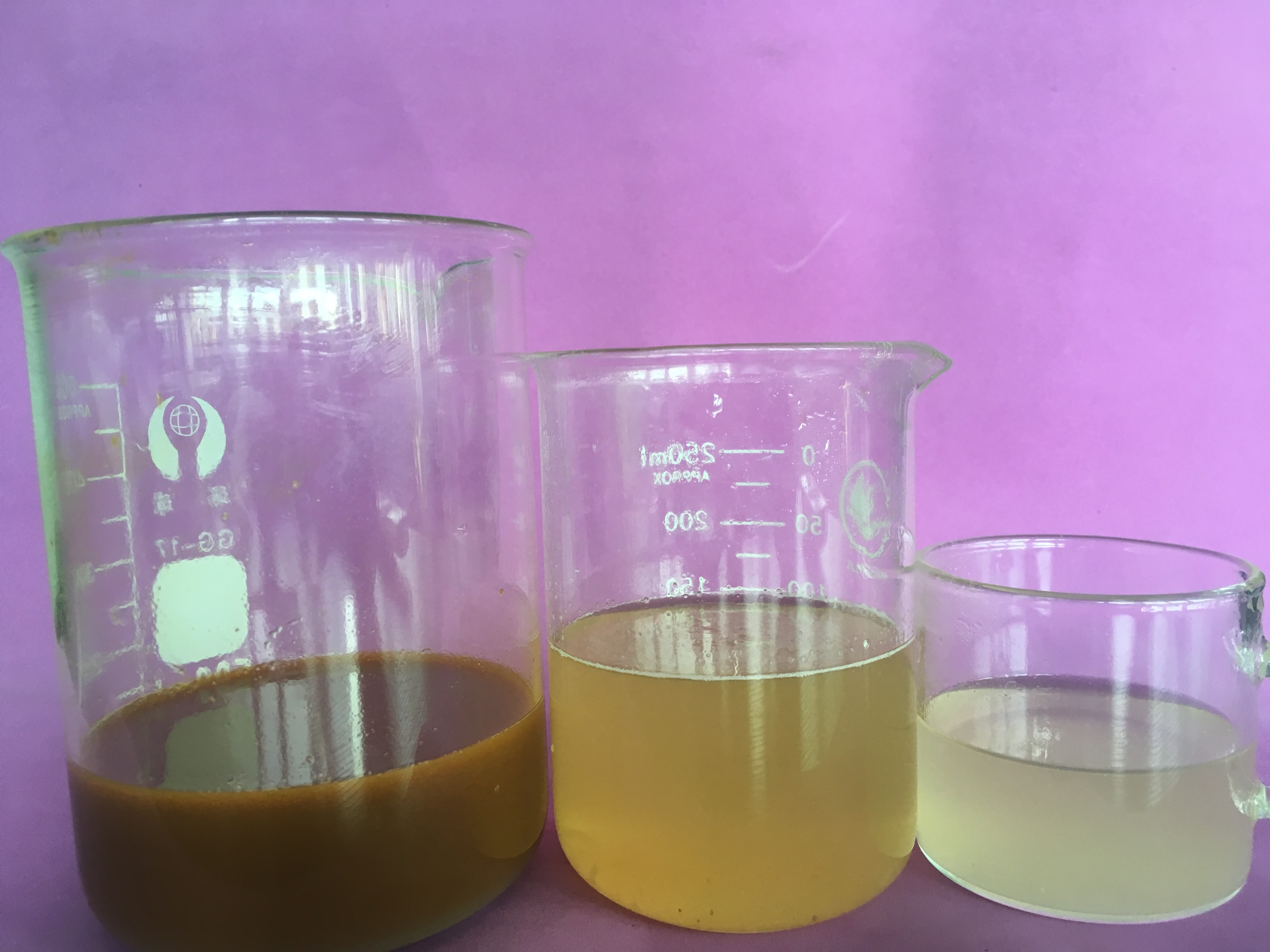The difference between Marine grade aluminum 5083 aluminum plate and 5052 aluminum plate

The difference between 5052 and 5083
Both 5052 and 5083 are Marine grade aluminum, and the metal content, especially the Mn and Mg content, is very different, and the 5083 has a higher tensile strength and yield strength than the 5052.
|
Si |
Fe |
Cu |
Mn |
Mg |
Cr |
Zn |
|
|
5052 |
0+ |
||||||
|
5083 |
Five series: 5000 series aluminum alloy represents 5052, 5005, 5083, 5A05 series. The weight of the aluminum-magnesium alloy is lower than the other series under the same area. It is also widely used in conventional industries. In China, 5000 (such as 5005) series of aluminum plates belong to one of the more mature aluminum plate series. The main features are low density, high tensile strength, high elongation and good fatigue strength, but they cannot be heat treated.
5052 has good formability, corrosion resistance, candle resistance, fatigue strength and moderate static strength. Used in the manufacture of aircraft fuel tanks, oil pipes, as well as transportation vehicles, ship sheet metal parts, instruments, street lamp brackets and rivets, hardware products.
5083 is used in applications requiring high corrosion resistance, good weldability and moderate strength, such as ship, automotive and aircraft welded parts, pressure vessels requiring strict fire protection, refrigeration units, TV towers, drilling equipment, transportation Equipment, missile components, armor, etc.
0, H
The prototype aluminum alloys are subjected to different heat treatments to obtain different hardness classification standards. This is an explanation of ANSI H35.1, which is mostly followed in China. There are five basic states of aluminum alloy:
F, free processing state: suitable for products with special requirements for work hardening and heat treatment conditions during the molding process, the mechanical properties of the product are not specified.
O, the annealing state is suitable: for the finished product obtained by complete annealing to obtain the lowest strength.
H, work hardening state: It is suitable for products which are strengthened by work hardening, and the product can be subjected to additional heat treatment after the work hardening can be passed (or not) to reduce the strength. The H code is followed by two or three Arabic numerals.
W, solid solution heat treatment state: an unstable state, only applicable to alloys which are naturally aged at room temperature after solution heat treatment, and the state code only indicates that the product is in the natural aging stage.
T, heat treatment state: (different from F, O, H state) is suitable for products that have been stabilized after (or not subjected to) work hardening after heat treatment. The T code must be followed by one or more Arabic digits.
H state subdivision
H1: only indicates the work hardening state, and is suitable for products that have been subjected to work hardening without heat treatment to obtain a specified strength;
H2: Work hardened and incompletely annealed, suitable for products where the degree of work hardening exceeds the specified requirements, but the strength is reduced to the specified requirements after incomplete annealing. For alloys softened at room temperature, the minimum tensile strength of H2 state is The H3 state is the same. For other alloys, the minimum tensile strength of the H2 state is the same as the H1 state, except that the elongation is slightly higher.
H3: Work hardening and stabilization, suitable for products that have been subjected to low temperature heat treatment after work hardening or mechanical properties due to thermal effects during hot working. Stabilization usually improves ductility. This code is only suitable for aging softening at room temperature. Alloy.
The H1, H2, and H3 state codes are followed by an Arabic numeral indicating the degree of work hardening. Numeral 8 indicates the final tensile strength obtained after about 75% cold deformation (processing temperature not exceeding 50 ° C) after complete annealing. The states of the O state and the number 8 are indicated by the numbers 1-7, respectively.
The third Arabic digit is used when there is a difference in the degree of control or mechanical properties (or both) of the HXX state, or when other characteristics are determined to have a significant effect. For example: HX11 is suitable for products with sufficient work hardening if the final annealing does not reach the annealing state, but the degree of work hardening is not completely consistent with the HX1 state; H112 pure work hardening state, degree of work hardening or annealing degree Unadjusted, suitable for products that have certain properties during thermal processing. These products have mechanical properties and are generally extruded.
For more information about Marine grade aluminum, please pay attention to our website.
Отправить запрос, связаться с поставщиком
Другие товары поставщика
| New field of aluminum coil | With the change of consumption concept, the improvement of consumption level, the improvement of food and drug safety management, and the accelerat... | |
| 1060 aluminum plate | The 1060 aluminum plateis an Al-Mn alloy plate, also known as a rust-proof aluminum plate. The aluminum content of 1060 aluminum plate is about 98%... | |
| 4mm thick 5052 aluminum sheet price | 4mm thick 5052 aluminum sheetforging is a manufacturing process, 4mm thick 5052 aluminum sheet, which is pressed, crushed or extruded under great p... | |
| 3003 aluminum coil | 3003 alloy is an aluminum alloy with manganese as the main alloying element. It has good corrosion resistance to atmospheric, fresh water, sea wate... | |
| 1060 алюминиевая пластина для косметической упаковки | Cosmetics are any parts of the human body surface, such as skin, hair, nails, lips, etc., which are applied by smearing, spraying or other similar ... |









